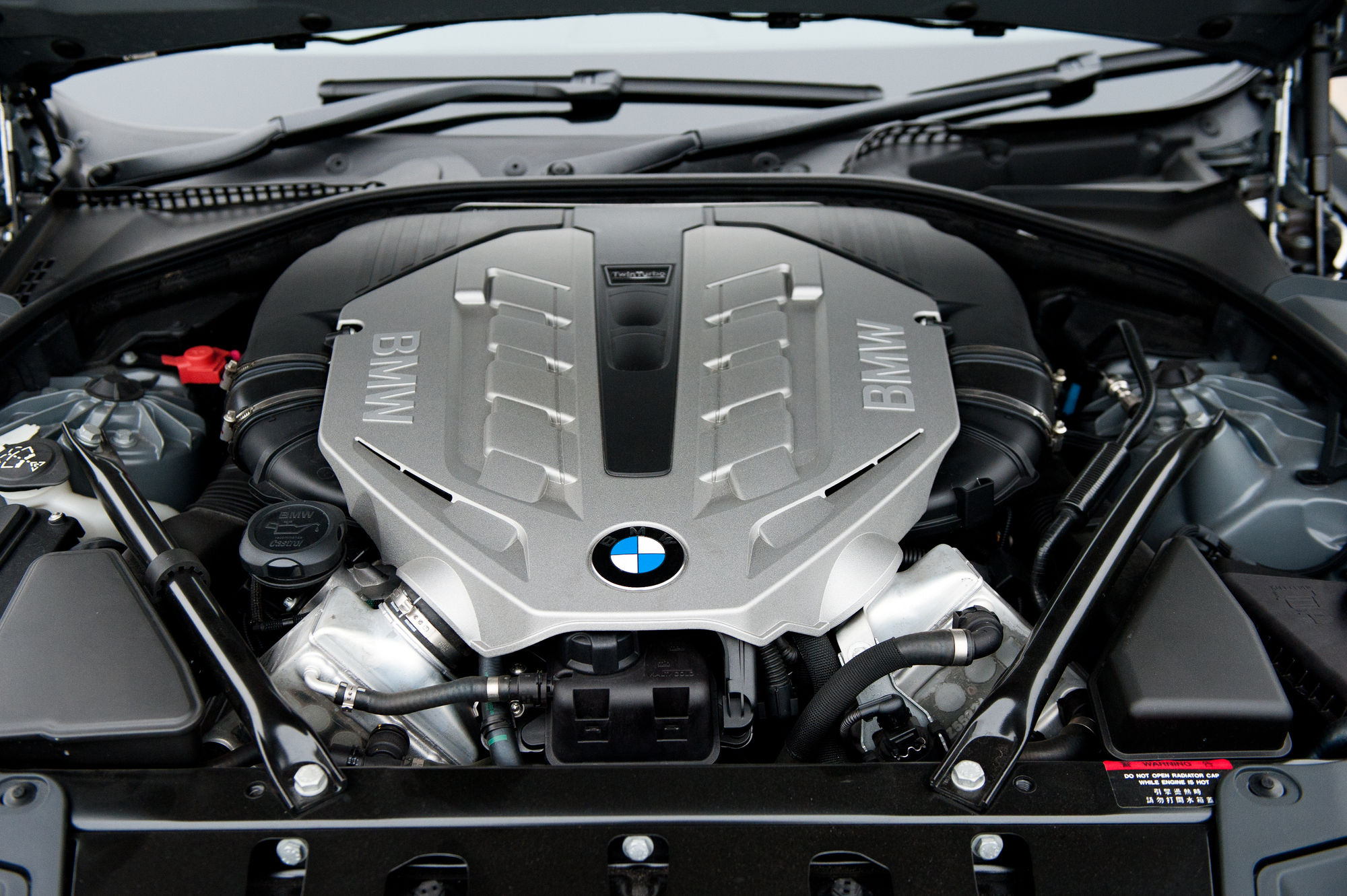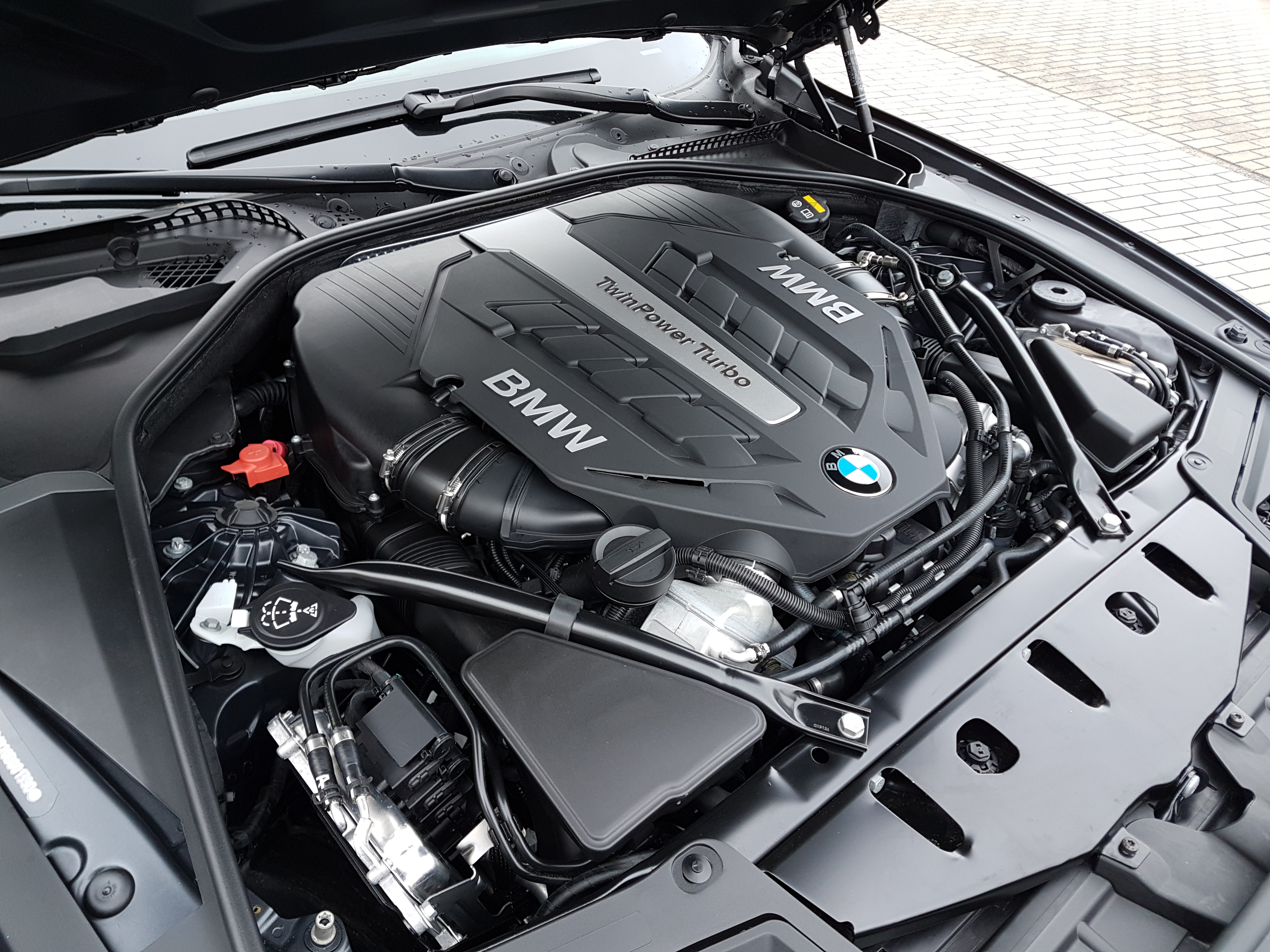Revealing the Keys Behind the Power of the BMW Engine
Revealing the Keys Behind the Power of the BMW Engine
Blog Article
Exploring the Development of Burning Engines in Modern Transport Systems
As we navigate the landscape of contemporary transportation, the development of combustion engines stands as a testament to human resourcefulness and engineering prowess. From their simple beginnings to the sophisticated giants thrusting vehicles today, burning engines have undergone a remarkable journey of innovation and adaptation. Comprehending the complexities of this evolution not just sheds light on the past but also leads the method for imagining what exists ahead in the realm of transport modern technology. The interplay of background, technology, and environmental worries fit the trajectory of combustion engines produces a story that is both compelling and insightful.
Early Beginnings of Combustion Engines
How did the concept of combustion engines very first arise in the early phases of transport development? The origins of burning engines can be mapped back to the 17th century when the concepts of interior burning were first checked out.
The innovation minute featured the invention of the initial successful gasoline-powered engine by Karl Benz in 1885 - bmw engine. This engine led the method for the advancement of the modern auto, changing transportation systems worldwide. Subsequent developments by Nikolaus Otto and Gottlieb Daimler better fine-tuned burning engine innovation, bring about the automation of cars and the fast expansion of the transport sector
These early burning engines were defined by their simpleness and performance, laying the foundation for the complex and powerful engines utilized in modern-day transportation systems. The advancement of combustion engines has contributed in shaping the means we travel and carry products, noting a significant turning point in the background of transportation advancement.
Change to Internal Burning Modern Technology
The transition to internal combustion innovation marked a critical shift in the advancement of transportation systems. This shift started in the late 19th century, with innovators like Nikolaus Otto and Gottlieb Daimler establishing the very first effective internal burning engines. These engines changed transport by offering an extra effective and powerful option to vapor engines and electric motors.
One of the essential benefits of inner burning engines was their ability to be reduced to suit vehicles, causing the development of bikes and autos. This change from large, stationary engines to compact, mobile ones led the way for the modern transportation systems we see today.
The change to internal burning technology also spurred developments in gas modern technology, leading to the advancement of gas and diesel as key gas resources for vehicles. This shift not only made transportation a lot more obtainable to the masses however additionally laid the structure for the oil and gas industry to come to be integral to international economic situations.
Effect of Combustion Engines on Transport
The fostering of combustion engines in transportation systems catalyzed an extensive change in the efficiency and rate of worldwide movement. Burning engines changed transportation by supplying a functional and trustworthy resource of power for various automobiles, including automobiles, airplanes, ships, and trucks. This development significantly boosted the capacity for individuals and goods to relocate over lengthy ranges in shorter amount of time, leading to boosted connection between regions and nations.
Furthermore, the prevalent use combustion engines has had a considerable influence on economic advancement. The capacity to deliver goods efficiently has stimulated trade and commerce, visite site enabling businesses to broaden their click markets and get to customers worldwide. This has actually assisted in economic growth and globalization, as items can now be carried much faster and in larger quantities than in the past.
However, the environmental influence of combustion engines can not be forgotten. The burning of nonrenewable fuel sources has actually led to air pollution and greenhouse gas discharges, adding to environment adjustment and posturing wellness risks to populaces. bmw engine. Because of this, there is an expanding emphasis on developing alternate propulsion technologies to reduce these negative impacts and develop an extra lasting future for transport
Advancements in Burning Engine Style
One remarkable development is the development of turbocharged engines, which use exhaust gases to drive a turbine that compresses incoming air, permitting for even more gas to be charred, resulting in increased power output without a significant boost in engine size. Variable shutoff timing systems have also revolutionized engine design by enhancing airflow at different engine speeds, enhancing both power and effectiveness. These developments jointly add to the constant enhancement of burning engines in modern-day transport systems.
Future Trends in Combustion Engine Growth
With modern technology developments driving constant innovation, the future of combustion engine development is poised to transform transport systems worldwide. One of the crucial trends in burning engine advancement is the press in the direction of higher efficiency and minimized exhausts.
One more famous pattern is the fostering of crossbreed modern technologies in burning engines. Hybrid engines combine conventional combustion modern technology with electrical power, providing boosted gas effectiveness and lower discharges. As the auto industry shifts in the direction of electrification, hybrid burning engines are seen as a transitional option that links the void between conventional vehicles and fully electrical ones.
Additionally, the integration of smart technologies, such as synthetic knowledge and data analytics, is expected to play a substantial function in the future of combustion engine advancement. These innovations can optimize engine efficiency in real-time, bring about much more effective burning processes and boosted general automobile efficiency. Welcoming browse this site these future fads will not just drive advancement in burning engine development yet additionally add to a much more sustainable and eco pleasant transport environment.

Final Thought
Finally, the advancement of combustion engines in modern-day transport systems has been noted by significant improvements in technology and design. From the early starts of combustion engines to the change to internal combustion modern technology, these engines have had a profound effect on transportation. Advancements in burning engine style remain to drive development in this field, with future fads concentrating on further improving efficiency and reducing exhausts. The future of burning engines in transport looks promising as r & d initiatives proceed to push borders.
The roots of combustion engines can be traced back to the 17th century when the principles of internal combustion were very first discovered. These engines transformed transport by offering a more effective and efficient option to heavy steam engines and electric motors.

Report this page